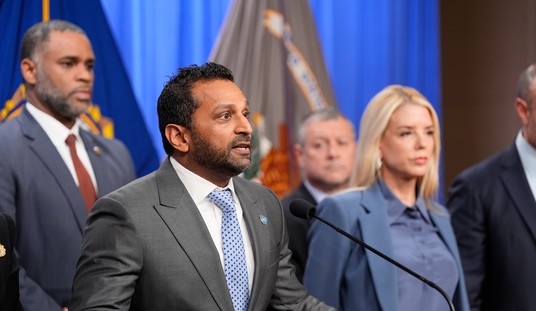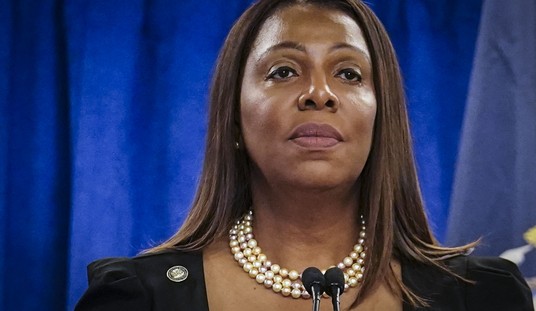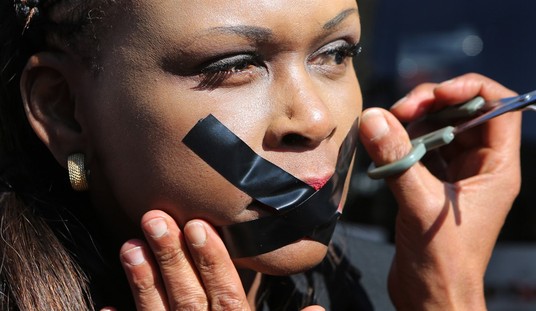A nonprofit called Bellwether Education Partners published a study/estimate last October of the number of kids who had fallen away from school during the pandemic. That estimate started with news reports from cities around the country. For example:
Detailed data on spring engagement released by the Los Angeles Unified School District showed that English learners, students with disabilities, students experiencing homelessness, and students in foster care in middle and high school were all less likely than their peers to log into the district school platform in the spring.
6%-10% of students in these subgroups did not log in at all from March to May, and an additional 10%-15% logged in but did not view any educational materials or complete any assignments.
In Boston, reports suggest approximately 20% of students did not participate in virtual school in the spring.
In Memphis, data from Shelby County School District indicated that 3% of students had not logged into virtual school or claimed a device this fall.
In Chicago, 10%-16% of students missed the first few days of virtual school this fall.
From there, the report’s authors put together a state by state estimate of the number of kids who were likely to have given up on school. That led them to an estimate that there were approximately 3 million kids nationwide who fell into this category of “missing” students.
Today, ABC News reports that it took that estimate and called education departments in all 50 states to see if they could get actual numbers of kids currently missing from school.
ABC News contacted officials from the departments of education in all 50 states, and found that the problem appears to be nationwide.
Although some states reported that they do not track such information, many others said that they have seen a significant decline in their enrollment numbers, and still others have reported they have thousands of missing students.
For instance, in Michigan, approximately 13,000 students are unaccounted for. In Dallas about 12,000 students were similarly missing compared to the previous school year. Everywhere ABC looked there were lots of kids missing from school. In Florida, 88,000 students didn’t show up for classes last fall. And in addition to the students who are completely absent from school, there has also been a big jump in absenteeism.
Chronic absence, which is defined by the U.S. Department of Education as missing at least 15 days of school, has increased substantially, particularly among vulnerable populations, and students of color, according to Hedy Chang, who directs Attendance Works, an initiative targeting chronic absenteeism…
“In Connecticut, for example, chronic absence has risen from 12% in the 2019-20 school year, to 21% in the first half of the 2020-21 year. For English-learners, the rate has doubled from 17 to 35%; and for students eligible for free meals, it’s up from about 20 to 35%,” Cheng said.
The bottom line is that a lot of students are missing some or all of their education because classrooms have been closed. The outlook for those kids is not good:
The long-term consequences for these “missing” students “are catastrophic,” experts say.
“You are going to have a whole generation of kids who are not well enough prepared for college and careers. You are going to have significant increases in mental, social and emotional well-being issues with kids,” Magee said.
Obviously some of the damage is already done. We can’t change what happened last year. But at this point, with three approved vaccines and experts saying it’s safe to reopen with masks and distancing, we can change what happens for the end of this school year. Schools that reopen now can begin pulling kids back before the end of the current year. That might help them hold onto those kids when school opens again in the fall. But if unions keep slow walking the return, we’ll have more missing students next academic year. Here’s a local news report on the effort to reopen schools in California.








Join the conversation as a VIP Member